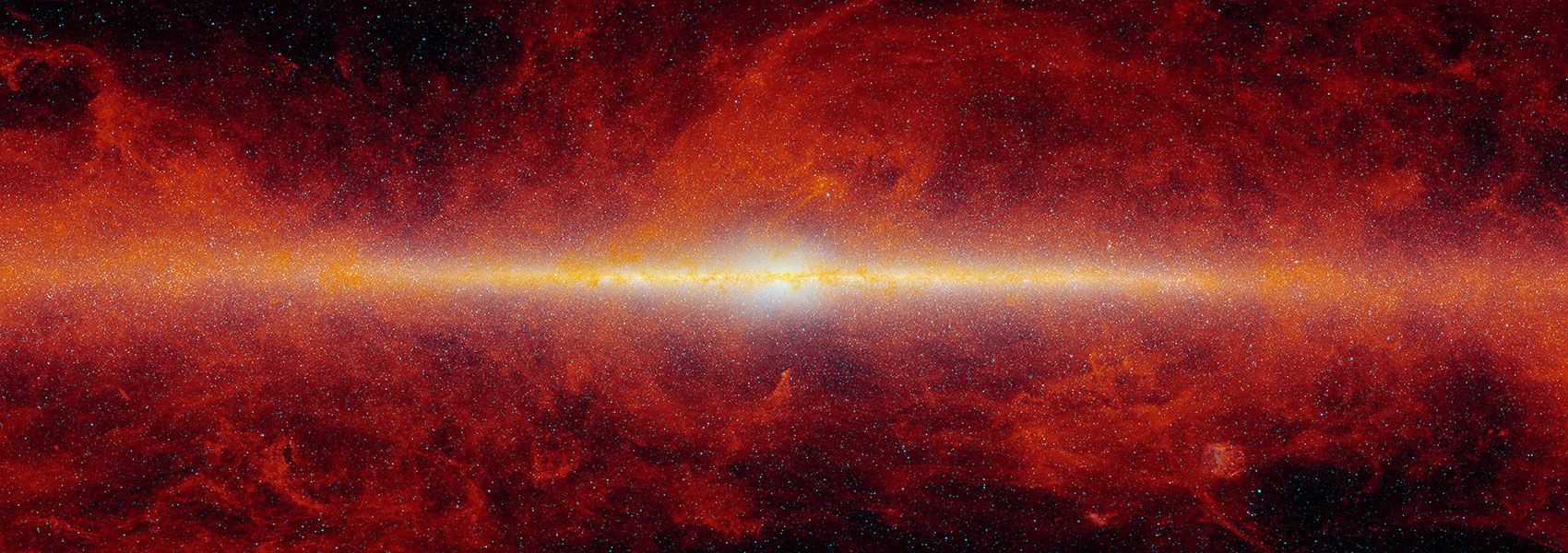February
2025
•
2025AJ....169..112S
Authors
•
Sayeed, Maryum
•
Angus, Ruth
•
Berger, Travis A.
•
Lu, Yuxi(Lucy)
•
Christiansen, Jessie L.
•
Foreman-Mackey, Daniel
•
Ness, Melissa K.
Abstract
•
We measure the exoplanet occurrence rate as a function of isochrone and gyrochronology ages using confirmed and candidate planets identified in Q1–17 DR25 Kepler data. We employ Kepler's pipeline detection efficiency to correct for the expected number of planets in each age bin. We examine the occurrence rates for planets with radii 0.2 ≤ Rp ≤ 20 R⊕ and orbital periods 0.2 ≤ P ≤ 100 days for FGK stars with ages between 1.5 and 8 Gyr using the inverse detection-efficiency method. We find no significant trend between the occurrence rate and stellar age; a slight decreasing trend (within 1.5σ–2.5σ) only emerges for the low-mass and metal-rich stars that dominate our sample. We isolate the effects of mass and metallicity on the occurrence rate trend with age, but find the results to be inconclusive, due to weak trends and the small sample size. Our results hint that the exoplanet occurrence rate may decrease over time due to dynamical instability from planet–planet scattering or planet ejection, but accurate ages and larger sample sizes are needed to resolve a clear relation between the occurrence rate and age.
Links




